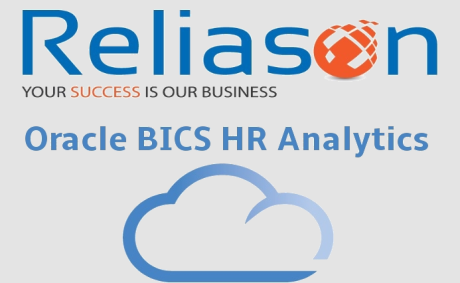The first opportunity for HR is in looking at workforce analytics from the perspective of how they intersect within typical HR process, from remuneration, learning and performance, through to talent, succession and retention.
“So for example, you could look at what the analytics are in performance, and how these relate to REM,” said Andrew Lafontaine, senior director HCM strategy & transformation at Oracle.
“That’s a really basic one and most organisations are generally looking in this, but it’s then about looking at analytics for performance, succession, risk or loss of talent in the context of the business.
“Questions you could ask include: ‘Over the last 12 months has our risk of loss materialised? What has that meant for performance? Where are we losing high performers? And where are we losing the people who we potentially weren’t that fussed about?’”
Lafontaine said not many organisations are doing this at the moment, primarily because the HR function is focused on a vertical approach to HR processes and most don’t have a reporting centre of excellence or someone who’s charged with driving workforce analytics.
However, if HR can start using workforce analytics across those business processes, then HR itself starts to become more effective around how the people agenda within an organisation starts to get managed.
The second opportunity for HR leaders is to take the analytics within these business processes and examine how they help overall business performance.
“So it’s not just about HR, but how these impact the business.
“So, for example, there might be a grouping of people with performance ratings of 5 out of 5 that have a certain type of profile.



